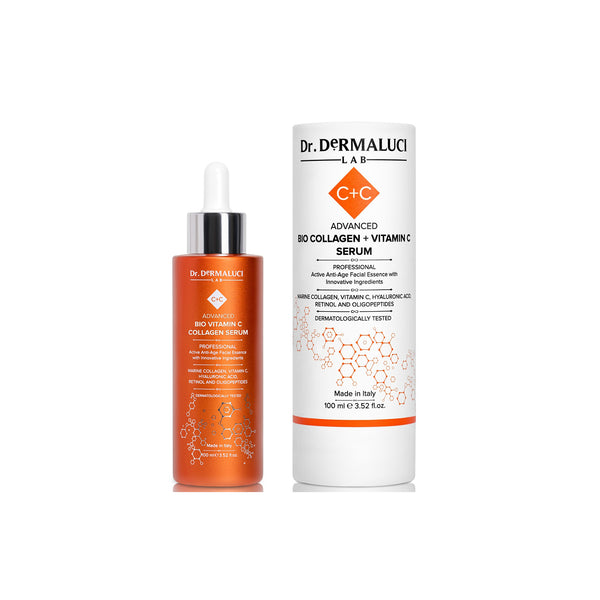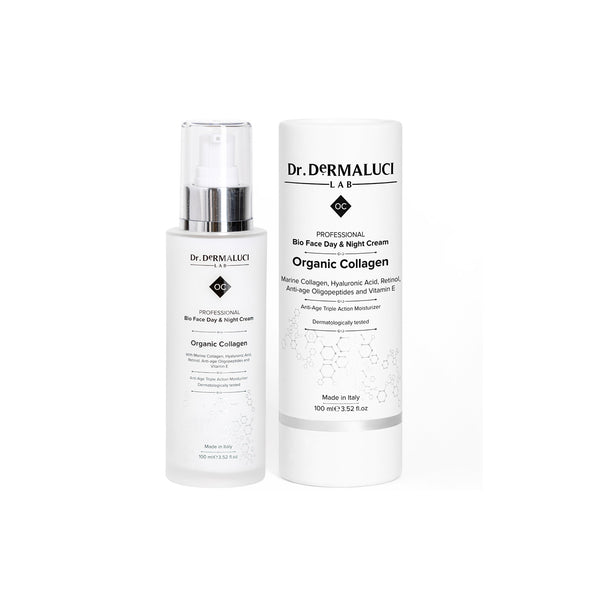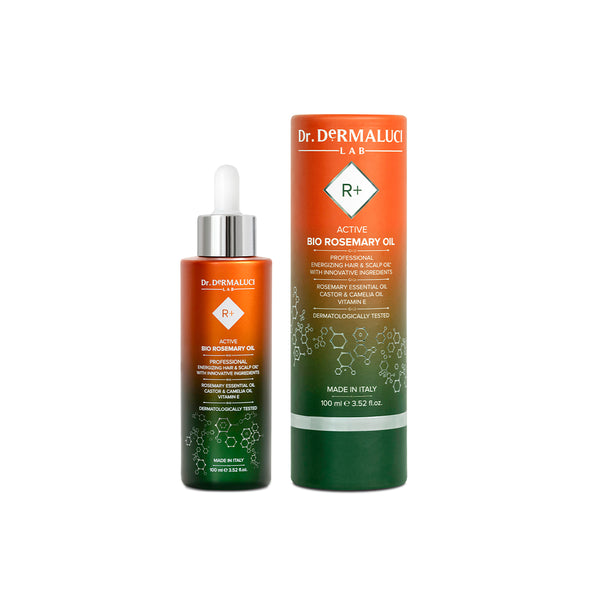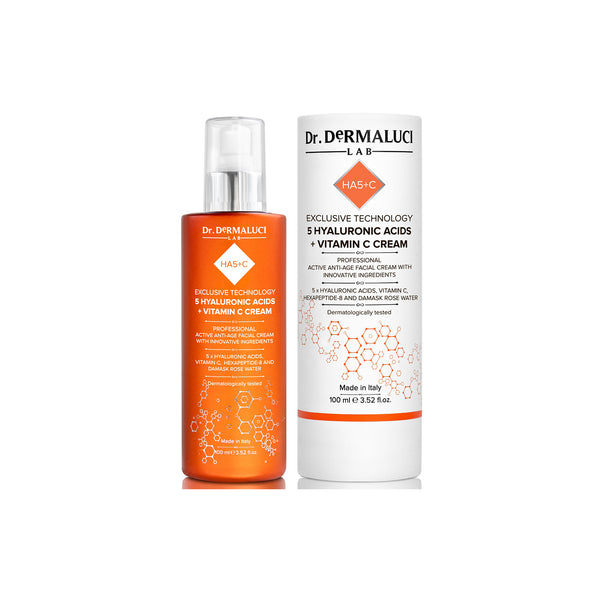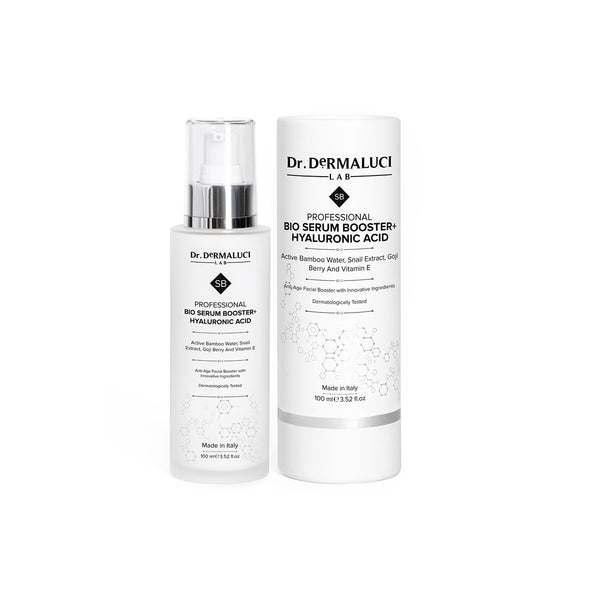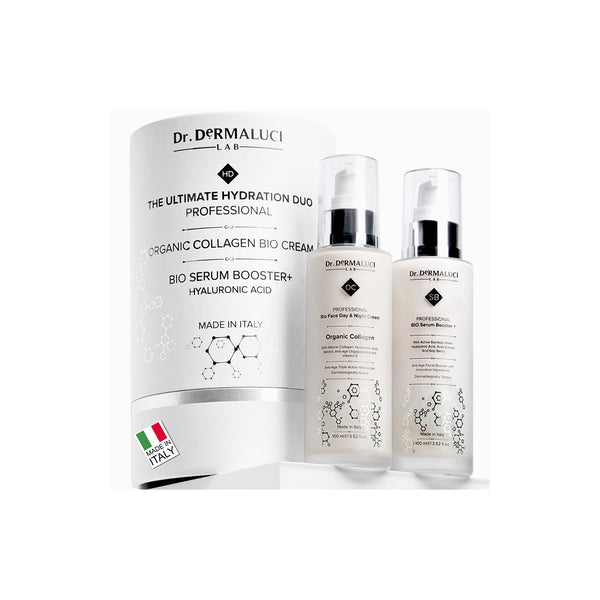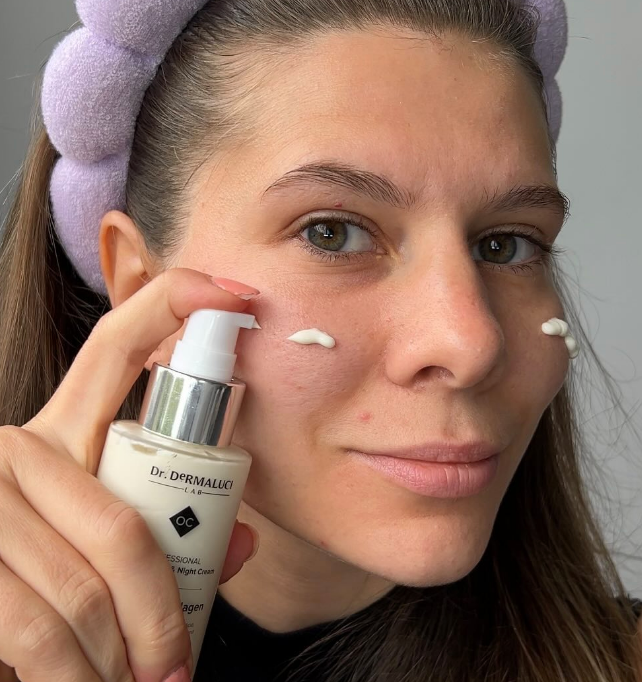
Why Skin Barrier Repair Is the Foundation of Every Skincare Routine
Your skin barrier is the invisible shield that keeps hydration in and harmful stressors out. When this delicate layer is compromised, you may experience dryness, redness, breakouts, or sensitivity. Repairing the skin barrier is therefore the first step toward a healthier, more resilient complexion.
What is the skin barrier?
The skin barrier is the outermost layer of the epidermis, primarily made up of lipids. Its role is to prevent excessive water loss while defending against irritants, pollution, and microbes.
Signs of a damaged skin barrier
- Persistent dryness or flaking
- Sensitivity or burning sensations
- Sudden breakouts or redness
- Lack of glow despite using skincare
How to repair the skin barrier
- Simplify your routine – strip back harsh exfoliants and fragrances.
- Replenish lipids – look for ceramides, fatty acids, and cholesterol.
- Support with niacinamide and probiotics – these restore balance and strengthen skin resilience.
- Hydrate deeply – multi-weight hyaluronic acid can penetrate multiple layers of the skin.
Why it matters
If your barrier isn’t healthy, even the best serums won’t deliver results. Think of it as repairing the foundation of a house before decorating: without stability, nothing lasts.
FAQ
-
Q: Can a damaged skin barrier repair itself?
A: Yes, with the right care it can repair in 2–4 weeks. -
Q: Which ingredient is best for repairing the barrier?
A: Niacinamide and ceramides are most effective. -
Q: Should I exfoliate if my skin barrier is damaged?
A: Avoid strong exfoliants until skin recovers.
Checklist:
✅ Avoid harsh cleansers
✅ Add ceramides & niacinamide
✅ Moisturize consistently
✅ Protect with sunscreen
Continue this series: Next article → Which serums work best for melasma and dark spots?
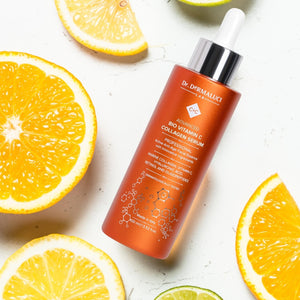
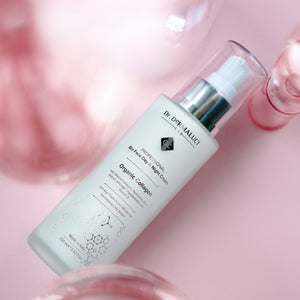
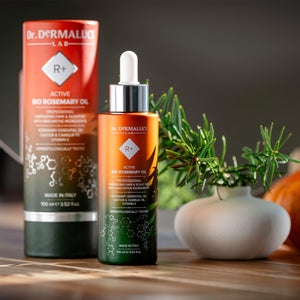
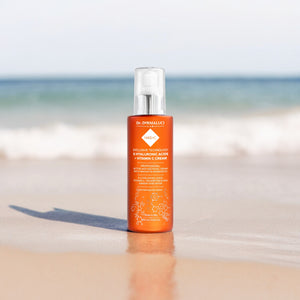
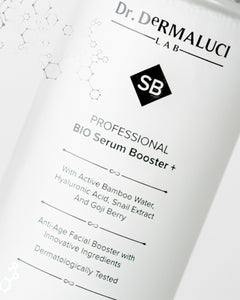
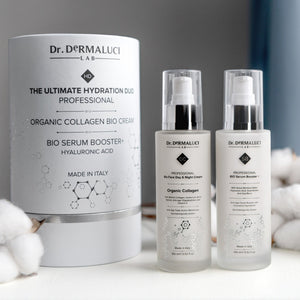

 Verified by shop
Verified by shop







